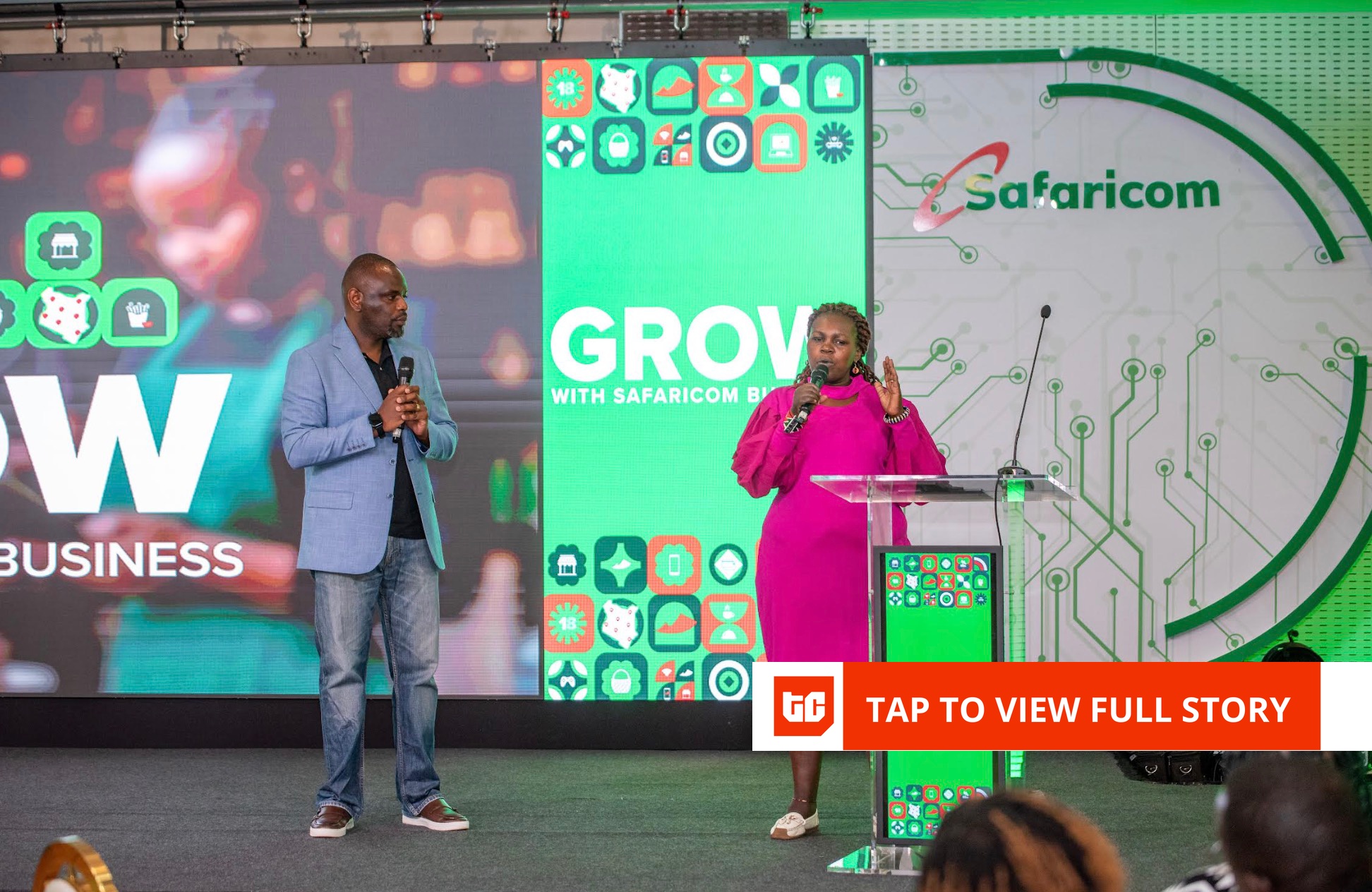Today’s chief information officers are juggling more priorities than ever — from driving digital transformation and managing risk, to reducing cost and navigating constant regulatory shifts. In the midst of all this, autonomous artificial intelligence agents keep rising to the top.
Not as hype. But as a practical lever for doing more with limited time, talent and budget.
Why? Skilled labor shortages are real. Expectations for seamless, multichannel experiences continue to rise. And the threat landscape keeps expanding. In that context, digital labor isn’t a nice-to-have. It’s essential. But the sentiment I gain from CIOs most is: “Where do I begin?”
From infrastructure to strategy: The evolution of the CIO
Historically, CIOs managed infrastructure while business leaders focused on outcomes. Today, CIOs are leading from the front — strategic enablers deeply embedded in driving results. In many cases, they’re equal partners in transformation.
As customer expectations climb and technology grows more complex, CIOs are orchestrating seamless, personalized experiences across digital and physical channels. That means integrating systems, managing cloud migrations, piloting AI and balancing it all under tightening budgets and rising demands.
That’s why the conversation around agents isn’t just about innovation — it’s about sustainability. For teams already stretched thin, every new initiative must be measured not only by its promise, but by its feasibility.
Outlining a practical framework for agentic readiness
That’s what makes this moment complex. Agents are clearly promising, and many CIOs see their potential to transform how work gets done. But they’re also asking, “Where does this fit?” “Should I pause existing transformation work to make room for agents?” “Do I reprioritize, restructure, or divest, just to get started?”
This is where many leaders get stuck. They’re balancing mission-critical projects across the stack, and adding one more thing can feel like a risk they can’t take, even if it’s transformative. But this isn’t an “or” scenario. It’s an “and.” Agents aren’t a competing initiative. They’re a lever for accelerating what’s already on your roadmap — helping you innovate faster, strengthen security, and optimize at scale.
That’s why CIOs need a practical framework that recognizes where they are and helps them scale agentic capabilities responsibly and effectively over time.
Level 1: Information retrieval agents
Most organizations will begin here. Agents fetch data and return insights. For example, one global brokerage handles 54,000 calls daily, and advisers used to spend 90 minutes prepping for each. With agents, prep time now takes minutes. Results like this build momentum and prove that agentic AI can deliver value today.
Level 2: Simple orchestration, single domain
Agents begin to act — updating records, coordinating tasks, scheduling services. This stage expands both technical complexity and organizational trust.
Level 3: Complex orchestration, multiple domain
Agents manage multistep workflows and decision trees. What qualifies as “complex” depends on your industry and risk tolerance, but the concept is the same: greater autonomy within well-defined boundaries.
Level 4: Multi-agent orchestration
Agents collaborate across domains, systems, even organizations. Think supply chain agents interacting with logistics partners. This is the frontier: The architecture required is significant, but so is the potential.
The framework aims to provide a simple, accessible way for CIOs to make informed decisions about how, and how far, to want to scale agentic capabilities.
Where to start: Smart first steps
Not every company should begin with a customer-facing agent. If you’re in a highly regulated industry, you might start with colleague-facing agents that assist with guidance, task execution, or data retrieval, with a human still in the loop.
Others may start more conservatively. One strong entry point is agents that audit existing data for completeness and consistency. It may not feel flashy, but it builds a strong foundation for future use cases.
The real question isn’t technical capability, but organizational readiness. Do you have the right data, infrastructure, and governance in place? Are your teams engaged and aligned? Because you’re not just deploying a large language model; you’re building a platform. That means trust frameworks, secure orchestration, role-based access, audit trails, and scalable systems. Automation is just the starting point. This is more about unlocking capacity for higher-value, strategic work.
Agents are the lever for everything you’re working toward
Rising complexity and persistent labor shortages are forcing CIOs to rethink how work gets done. The stakes are too high, and the pace too fast, to keep relying on legacy models.
That’s why autonomous agents aren’t a futuristic concept. They’re becoming a foundation for how enterprises scale, adapt and deliver. This is a shift in architecture, and it’s not one to tackle in isolation. Whether you’re exploring use cases or scaling up, now’s the time to embed agentic thinking into your transformation strategy. The organizations that align their people, priorities, and platforms will be the ones to unlock the full potential of digital labor and shape the future of intelligent work.
When I land in my hometown of Toronto, the billboards are for personal injury lawyers. In San Francisco, it’s AI agents. That contrast says a lot. Adoption looks different depending on where you are — by region, by industry, by mindset. But no one can afford to stand still. This is as big as the internet. And it’s already happening.
Shibani Ahuja is senior vice president of enterprise IT strategy at Salesforce Inc. She wrote this article for News.
Image: News/Ideogram
Support our mission to keep content open and free by engaging with theCUBE community. Join theCUBE’s Alumni Trust Network, where technology leaders connect, share intelligence and create opportunities.
- 15M+ viewers of theCUBE videos, powering conversations across AI, cloud, cybersecurity and more
- 11.4k+ theCUBE alumni — Connect with more than 11,400 tech and business leaders shaping the future through a unique trusted-based network.
About News Media
Founded by tech visionaries John Furrier and Dave Vellante, News Media has built a dynamic ecosystem of industry-leading digital media brands that reach 15+ million elite tech professionals. Our new proprietary theCUBE AI Video Cloud is breaking ground in audience interaction, leveraging theCUBEai.com neural network to help technology companies make data-driven decisions and stay at the forefront of industry conversations.








